If this is your first time purchasing a packet of seed – CONGRATULATIONS! You could have bought seedlings from the nursery but germinating seed yourself is less costly and a lot more rewarding! But whether you are new to gardening or a skilled gardener, it can be discouraging when the seed you bought don’t germinate.
In this article we will discuss five common hurdles you can encounter and provide some solutions that will ensure your veggie garden will be fully stocked this summer!
1. Incorrect storage of seed
Even though it might not look like it, seed are very much alive! A seed contains the embryo of a plant waiting for perfect germination conditions. Even though every little packet of our seed is hermetically sealed (airtight) and doesn’t allow movement of air in and out of the packet, storage of seed is still important as high heat and humidity can greatly influence the longevity of seed. When buying seed from your local store always check the Best-Before date. The temperature fluctuation inside a store can trigger seed to pre-germinate or can crack the seed coating. The rate of germination and number of seeds germinating decrease as seed age. Seed past their expiration date may, for example, have spent years in a supermarket near the entrance where scorching wind and sun have degraded quality.
Tip: After purchasing your packet of seed, don’t leave the packet in full sun or leave it in the car. Restrain from buying seed now, if you are planning to only sow it in a year’s time. If you are hindered from sowing your seed immediately, store it in a cool dry place.
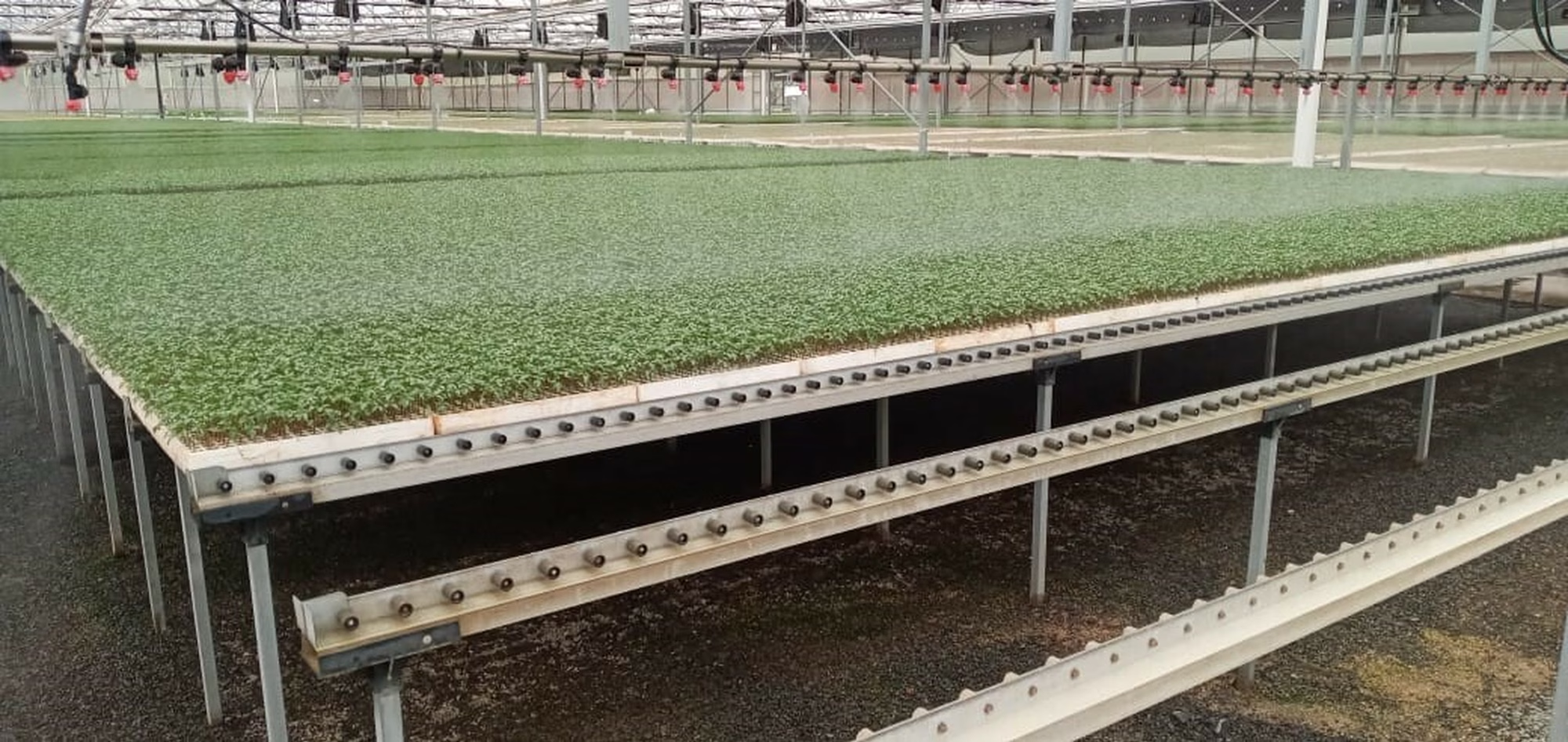
2. Planting in the wrong season
Vegetable and flowering plants are very season-specific. Not all veggies can be grown throughout the year. Beans, bell peppers/capsicums, cucumbers, eggplant, pumpkins, squash, zucchini, sweet corn and tomatoes won’t yield even if seeds germinate in winter, while cabbage, onion, garlic, swiss chard, beetroot, peas, radish and carrots can be sown in autumn, still grow, and mature. The successful germination of seed of different vegetable crops falls within a range of optimum temperatures.
Tip: It is always best-practice to first consult the back of the packet of seed. Seed advised for sowing in spring/summer will have a hard time emerging in autumn/winter and vice versa.
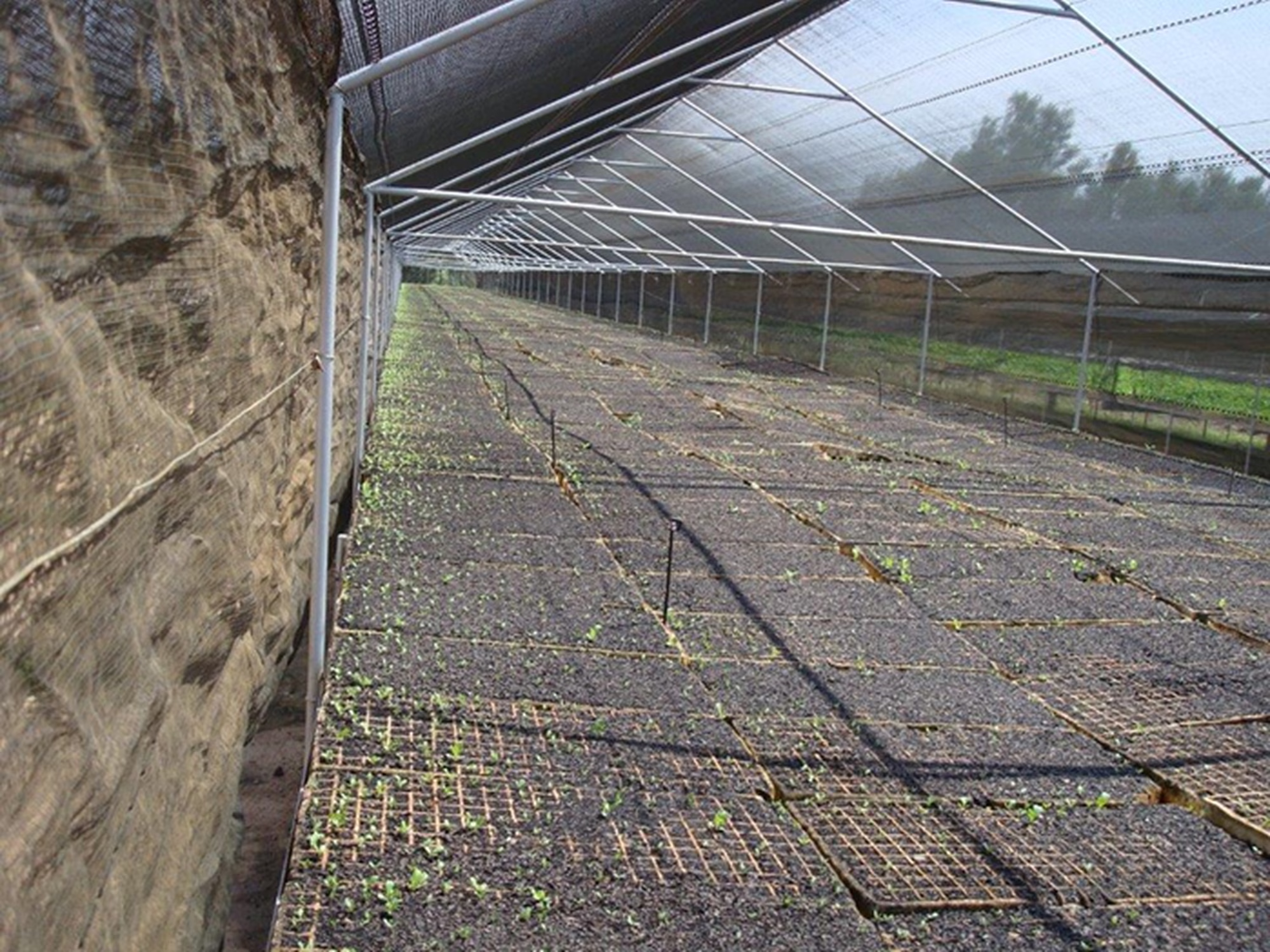
3. Soil is too wet/dry
Most crops prefer a moist aerated soil bed during germination. Water is needed to initiate the process of germination. When planting in dry soil, your seed might not absorb enough water to start the germination process, as moisture will be absorbed from the seed and shoot before it even has a chance to establish. Over-watering however, not only reduces the amount of available oxygen in the soil through waterlogging, but also compacts the soil creating an impenetrable crust for emerging shoots. Seed is also prone to microorganism attack during the most vulnerable stage of a plant’s life cycle. Wet soils are ideal for bacterial growth.
Tip: If you are unsure if soil is ready for planting, remove the topsoil (about 15cm deep) in a little patch inside the bed. Take a lump of soil from that spot and squeeze your hand tight. If the soil falls apart, it is too dry, if it forms a ball that stays together, press your finger against the ball, if it still holds together and moulds to your finger the soil is too wet.
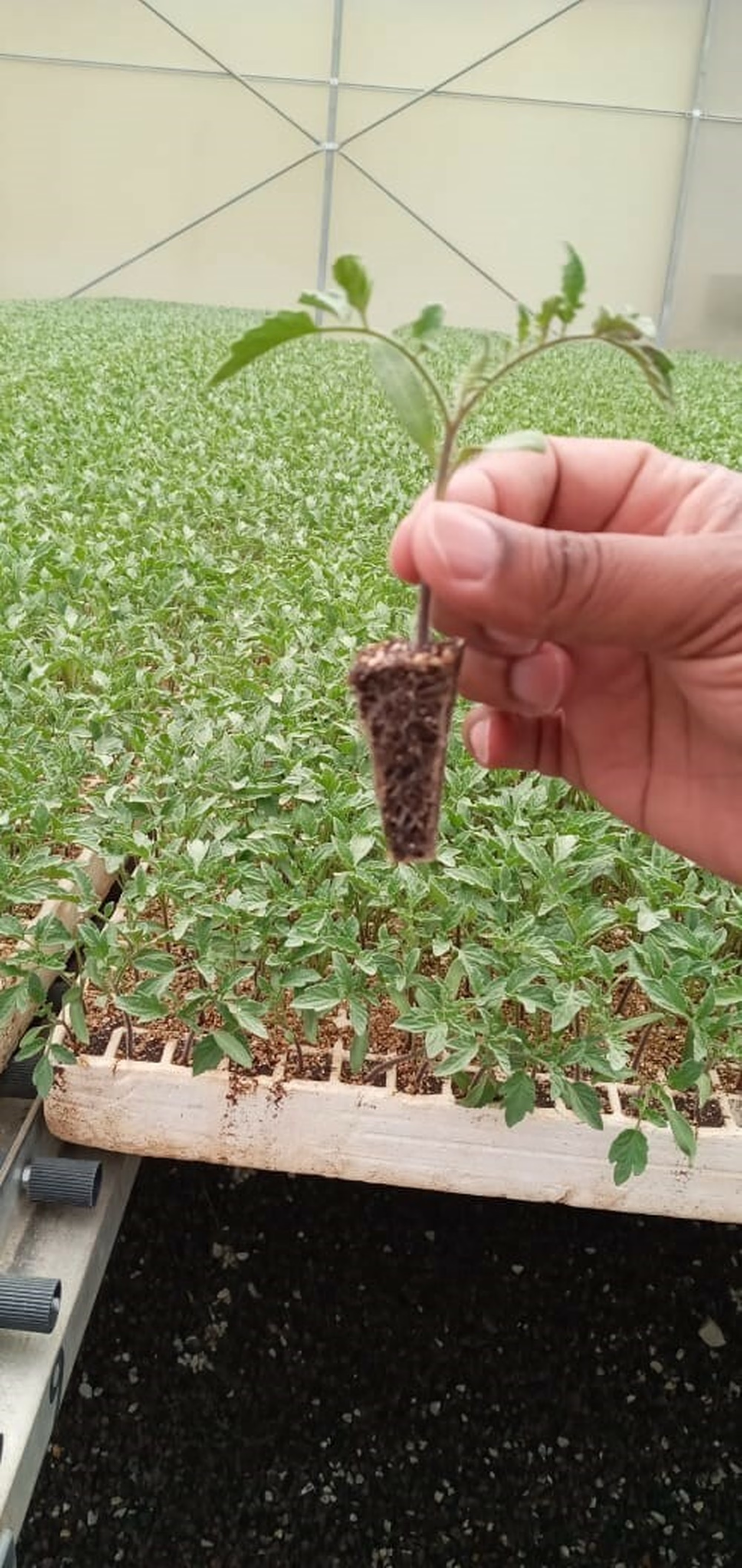
4. Seed is planted too deep/shallow
Planting depth of seed is usually indicated on the seed packet. As a rule, planting small seeds too deep leads to failed germination and weak seedlings, while planting too shallow in the garden makes seed more susceptible to drying out. In general, do not plant a seed deeper than three times its thickness. There are however exceptions, most flower seed should not be sown deep at all and would be happy to just be raked over. Lettuce seed can for instance be sown on top of soil while most other veggies should be covered.
Tip: If possible, sow your smaller seed like cabbage, onion and lettuce (not carrot) in a tray and keep it for at least 4 weeks after emergence. Use a fine seedling mix containing palm peat in your trays to ensure that the seed stay moist during germination. It is also easier to look after your plants in a tray as there is no competition for water from weeds and the tray can be moved around to ensure seed is happy.
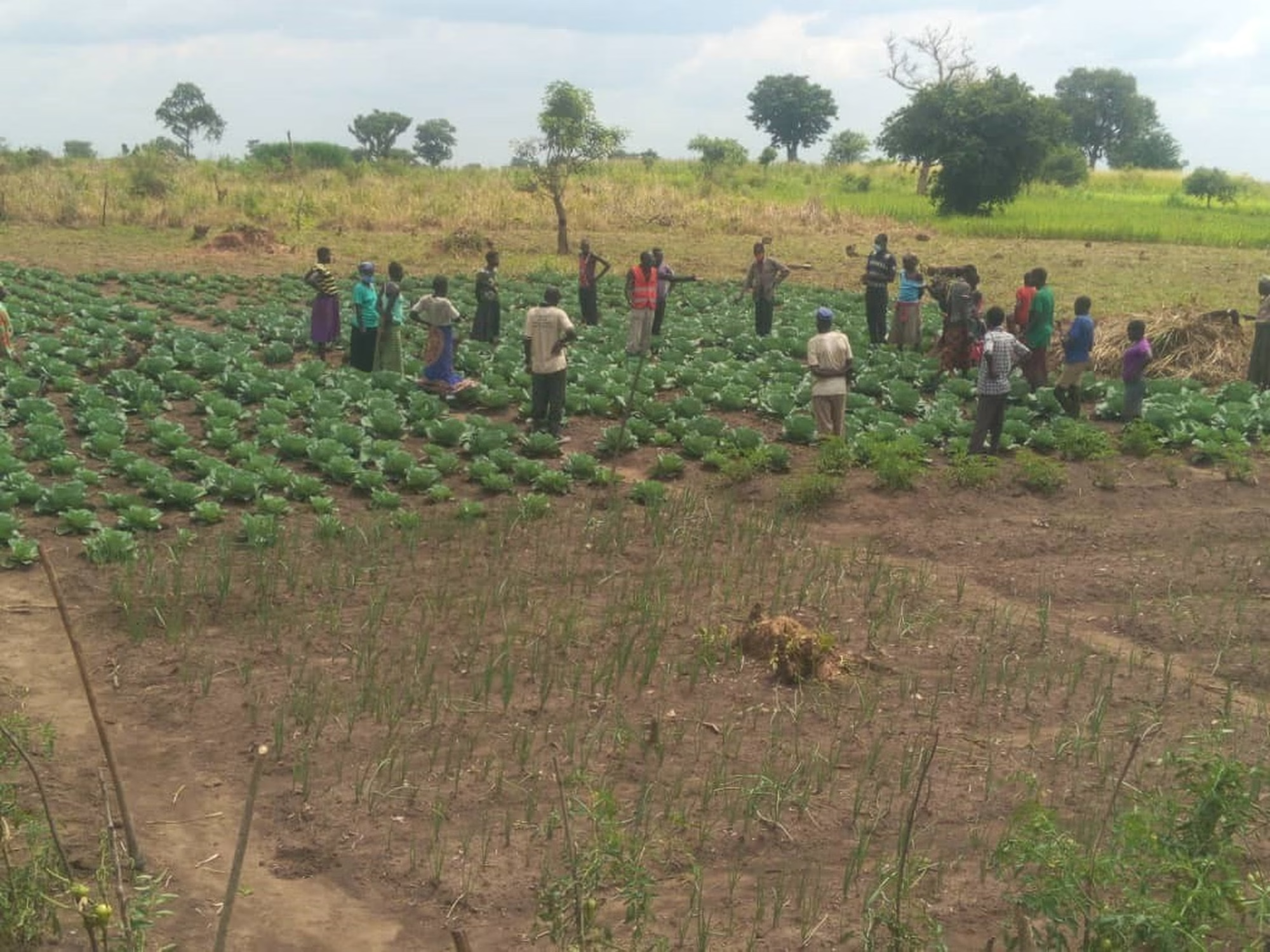
5. Not nurturing seed during germination
The most important thing to remember is that a seed is a living organism that needs care and attention in order to flourish. Planting seed in an already over-crowded garden will exacerbate the effect of drought and competition for nutrients. Remember to make sure whether your plant prefer full, partial sun or shade and sow it accordingly in your garden. The first shoots from a germinating seed are prone to attack by insects, birds and pests but can also easily be crushed by dogs and cats playing in the garden. Rabbits, mice and even monkeys can wreak havoc in a veggie garden. Walking inside beds also compacts the soil, making it harder for seed to emerge and establish roots. Germinating your seed in a tray is a great way to get your plants bigger and stronger before they are planted into the garden.
Tip: It is ideal to have some sort of barrier to keep all animals out of your veggie garden. If you aim to keep your dog out, a barrier-planting of marigolds around your veggies could serve as a deterrent. Marigold also keep a variety of insect pests at bay while attracting bees and adding some colour to your garden, plus there is evidence they control soil nematodes.
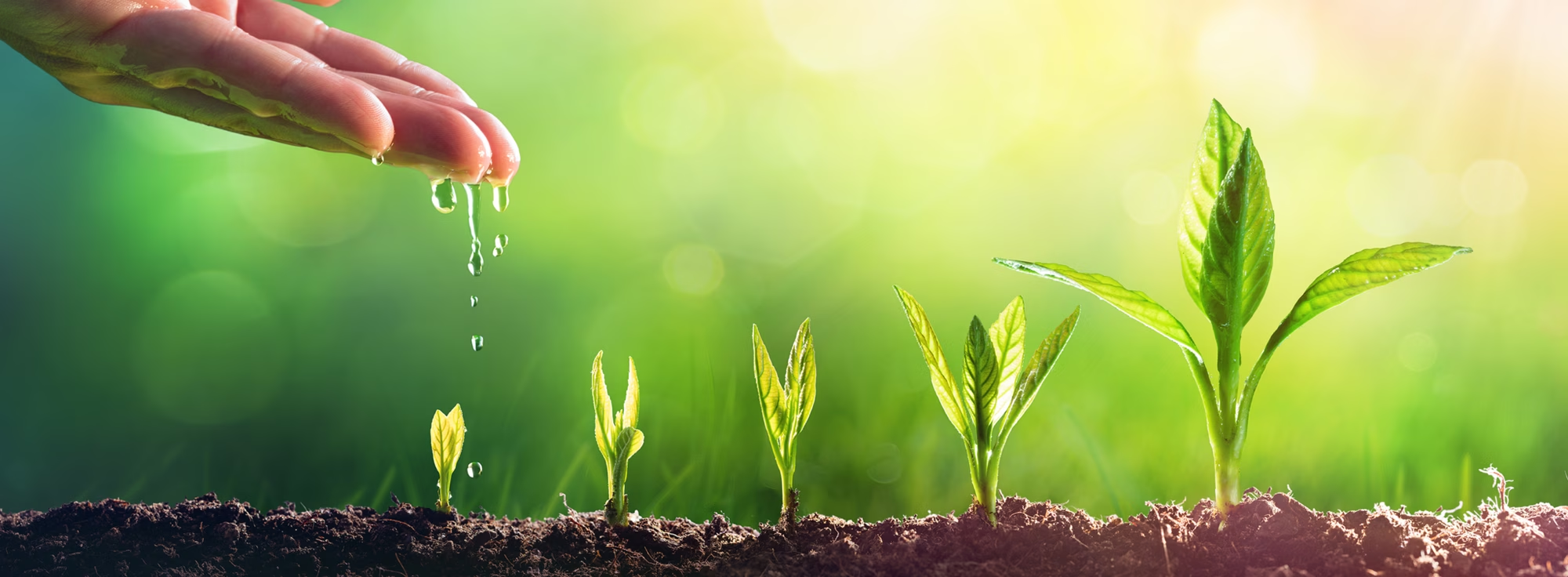
You are bound to have leftover seed if you sow at the recommended density. There are one of two things you can do:
Donate your leftover seed to someone you know would appreciate it. Your seed can make the local old-age home, children’s home or clinic more pleasant and delightful for those residing there. Contact a local school to find out if they might need some vegetable seed− a garden can teach urban youth the importance of a green environment and ignite a passion for farming among pupils and the community.
You can also keep your seed for next year. Storing your leftover seed correctly can make all the difference. Start by removing the seed from the original packaging, place it in a paper bag and then into either plastic food storage bags, mason jars or glass canisters. Adding some dry cotton wool helps absorb residual moisture. The aim is to keep seed cool but also at low relative humidity. In this way seed can be kept in the fridge for about a year.